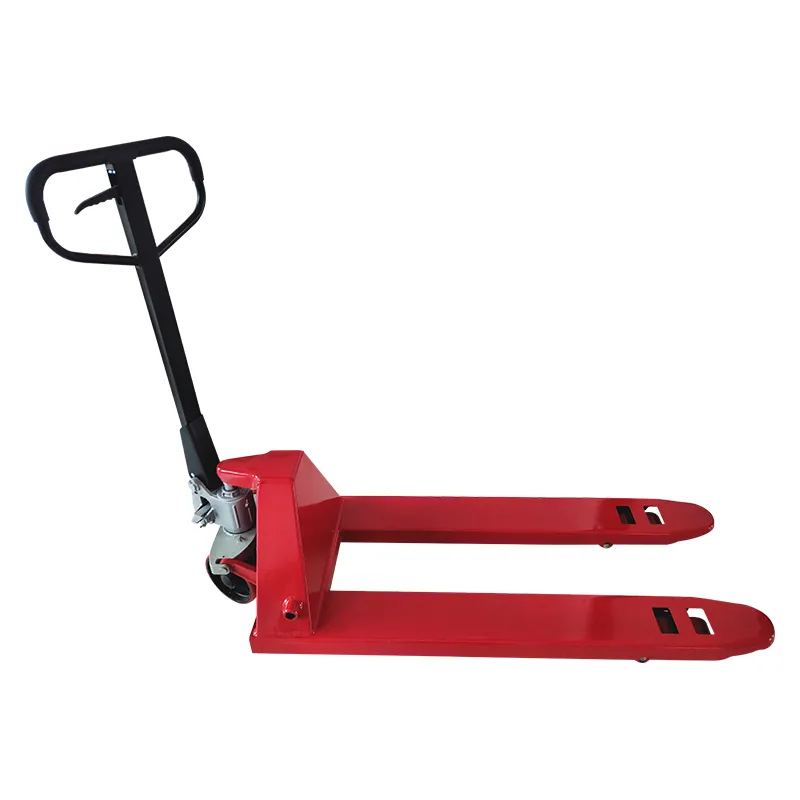


The Versatility and Importance of One Ton Chain Block
In various industries, the importance of efficient lifting and moving heavy objects cannot be overstated. Among the tools designed for this purpose, the one ton chain block stands out as a vital piece of equipment. This manual hoisting device is engineered to lift loads up to one ton (2000 pounds), making it a reliable solution in construction, manufacturing, and warehousing sectors.
A one ton chain block operates using a simple yet effective mechanism that incorporates a chain and pulley system. The user pulls on a hand chain, which raises the load suspended from the hook. The design reduces the amount of physical effort required to lift heavy objects, thus enhancing productivity while ensuring operator safety. The compact nature of chain blocks allows them to be used in tight spaces where larger lifting equipment might not fit.
One of the main advantages of a one ton chain block is its versatility. These devices come with a variety of lifting heights and can be used in numerous applications. For example, they are widely employed in construction sites for hoisting materials such as bricks, steel beams, and equipment. In factories, they assist in moving heavy components along assembly lines. Similarly, in warehouses, chain blocks are crucial for loading and unloading products from trucks and shelves.
Safety is paramount when dealing with heavy lifting. Chain blocks are designed with safety features that minimize risks. These include built-in overload protection mechanisms that prevent the device from lifting loads beyond its rated capacity. Additionally, many chain blocks are equipped with thermal protection to safeguard the motor from overheating, ensuring safe operations over extended periods.

Maintenance of a one ton chain block is relatively straightforward, making it a convenient choice for operations that require reliability. Regular inspections of the chain, hooks, and other critical components are essential to ensure that the equipment remains in good working condition. Lubrication of the moving parts and checking for signs of wear and tear can significantly extend the lifespan of the chain block. By maintaining these devices diligently, operators can prevent accidents and reduce the likelihood of unexpected downtime.
Despite advancements in lifting technology, the one ton chain block continues to be a preferred choice for many professionals. Its manual operation requires little training, making it accessible even to those who are not lifting specialists. Moreover, its cost-effectiveness compared to electric or hydraulic hoists allows small businesses to invest in quality equipment without breaking the bank.
In recent years, manufacturers have also taken steps to innovate the traditional chain block. Modern iterations often feature ergonomic handles and lighter materials, making them easier to transport and operate. Furthermore, some designs incorporate additional safety features such as automatic brakes and load indicators, enhancing user confidence.
In conclusion, the one ton chain block is an indispensable tool across various industries. Its design ensures efficient lifting of heavy loads with minimal effort, while its versatility makes it suitable for a range of applications. Safety features and ease of maintenance add to its appeal, ensuring that it remains a reliable option for both large-scale operations and smaller businesses. As industries continue to evolve, the one ton chain block stands as a testament to the enduring value of practical, manual lifting solutions. Whether in a bustling construction site or within the walls of a manufacturing plant, this humble yet powerful tool plays a crucial role in keeping operations running smoothly.



